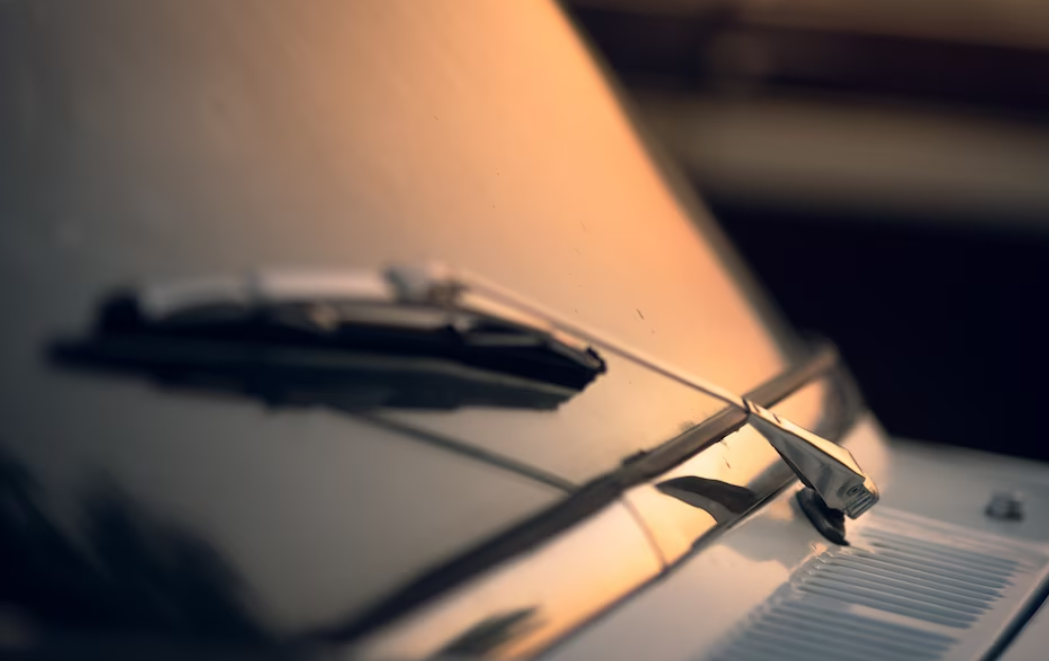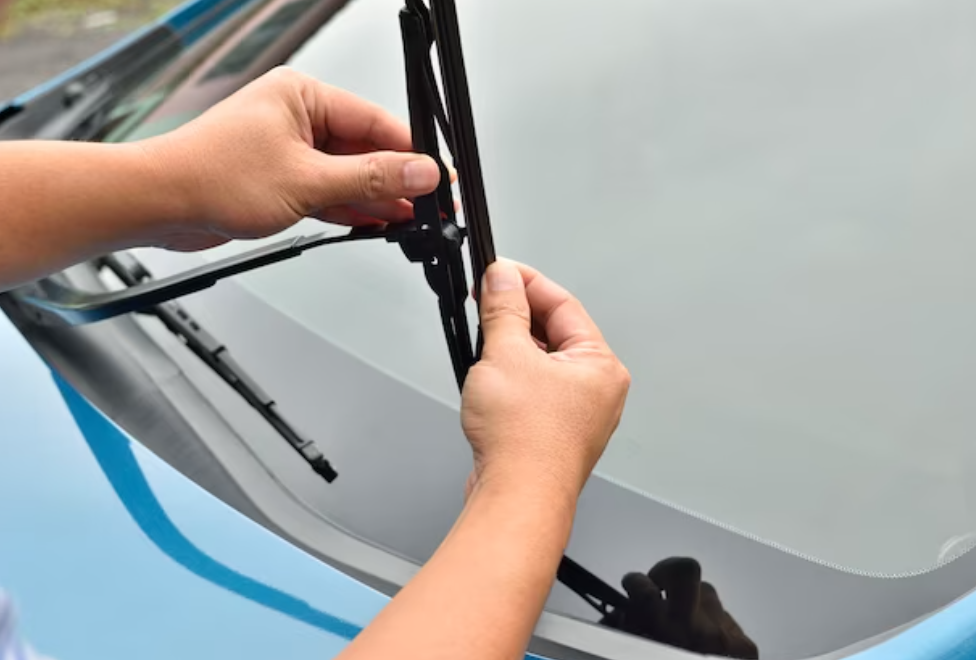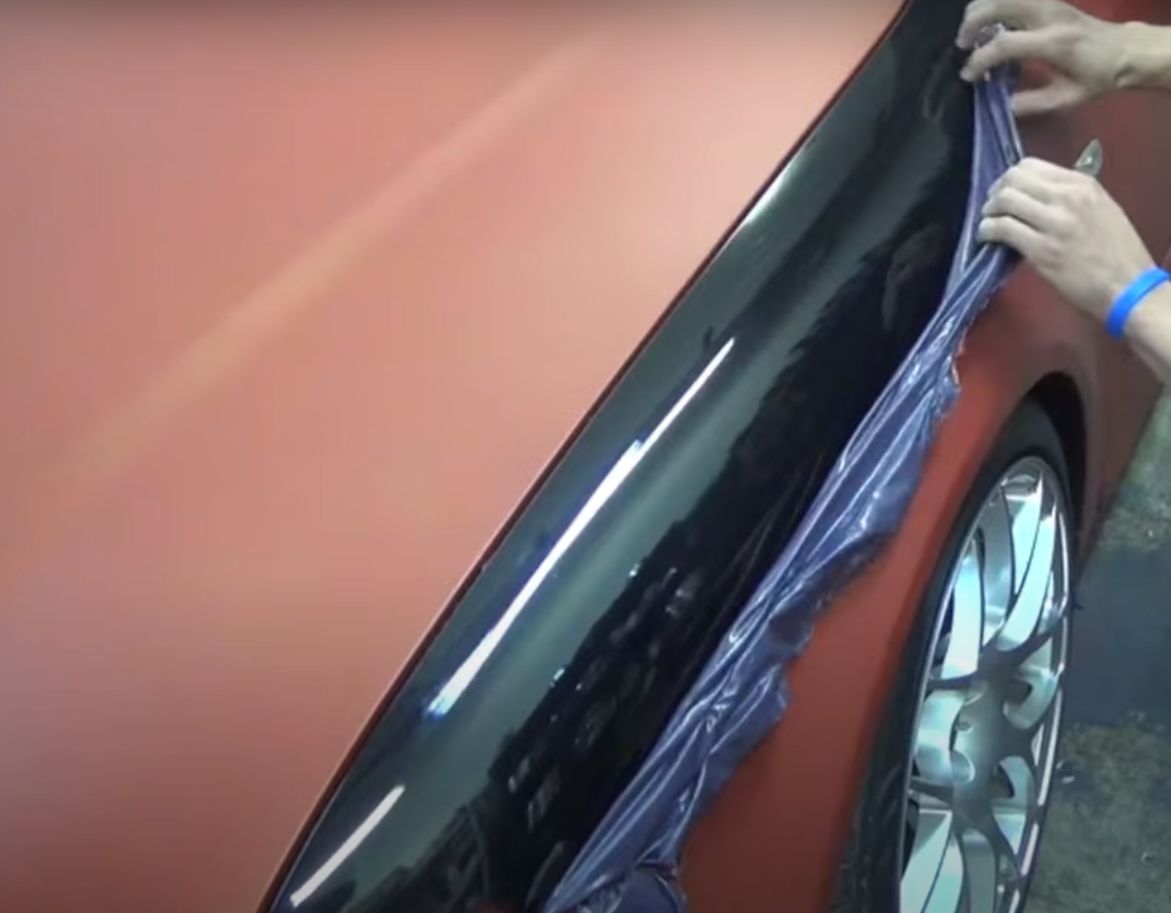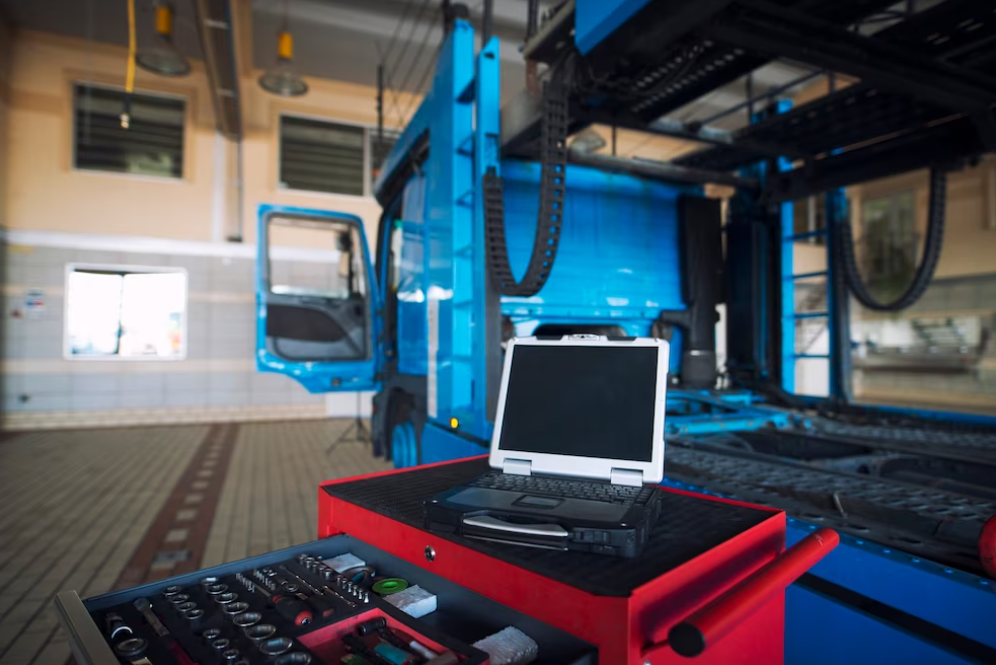How to Change Windshield Wipers
It’s a frustrating experience when you get caught in the rain and realize your windshield wipers are broken. You may dread having to go out on a wet day, or even risk missing an appointment due to poor visibility through your damaged wipers. Fortunately, replacing this essential car part is fairly straightforward and doesn’t take too long. Here's everything you need to know about how to change windshield wipers effectively so that you can drive safely again!

What Tools Do You Need to Change Windshield Wipers?
To change windshield wipers, you'll generally need a few basic tools. The essential tool is a set of replacement wiper blades that match the size and type recommended for your vehicle. Additionally, having a soft cloth or paper towels is useful for cleaning the windshield and removing debris. If the old wiper blades have a locking mechanism, pliers may occasionally be needed to help in removal. If the wiper arm is fastened with a screw or bolt, a screwdriver may also be required, but this is less typical in current cars. Although they are not usually required, it is a good idea to have these equipment on available in case any issues emerge while changing the wipers. Checking your vehicle's manual for specific instructions or recommended tools is always a wise practice.

Step 1: Determine the Correct Wiper Blade Size:
You must be aware of the proper size wiper blades for your car before you begin the replacement process. To determine the correct size, check the owner's handbook for your car or use an online sizing guide for wiper blades.
Step 2: Purchase the Replacement Wiper Blades:
To get the replacement wiper blades, go to an auto parts store or place an online order.
Step 3: Prepare for Replacement:
Park your vehicle on a level surface and turn off the ignition. Lift the wiper arm away from the windshield and locate the release tab or button on the wiper blade assembly.
Step 4: Remove the Old Wiper Blade:
Press the release tab or button and carefully slide the old wiper blade away from the wiper arm. Be cautious not to let the wiper arm snap back onto the windshield, as it could cause damage.
Step 5: Attach the New Wiper Blade:
Take the new wiper blade and align it with the wiper arm. Ensure that the adapter on the wiper blade fits securely onto the hook or pin on the wiper arm. Push the wiper blade until you hear a clicking sound, indicating that it's properly attached.
Step 6: Test the New Wiper Blade:
Once both wiper blades are replaced, gently lower the wiper arms back onto the windshield. Turn on your vehicle's ignition and activate the wiper function. Verify that the new blades are working smoothly and effectively across the windshield. If they leave streaks or miss areas, double-check their installation and adjust as necessary.
Step 7: Regular Maintenance:
To extend the lifespan of your new wiper blades, it's crucial to maintain them regularly. Clean the blades periodically using a soft cloth and windshield washer fluid to remove dirt, debris, and any buildup. This will help ensure optimal performance and longevity.
When changing windshield wipers, several common issues can arise. These include difficulties in removing the old blades, potentially due to corrosion or a locking mechanism. Another problem is selecting the incorrect blade size or type for your vehicle, leading to subpar performance or even windshield damage. Improper installation is also a common mistake, where the blades may not attach securely or are affixed upside down. This can result in streaks, skipping, or reduced visibility. Uneven wiper pressure may occur if the wiper arm is bent or damaged. Additionally, issues like streaking or smearing can arise from dirty or worn blades, improper installation, or a dirty windshield. Lastly, it's important to be careful not to damage the wiper arm during the replacement process. If any complications occur, consulting the vehicle manual or seeking professional help can ensure a successful windshield wiper replacement.

Although it might vary based on a number of conditions, the suggested period for changing windshield wipers normally ranges from six months to one year. It's crucial to routinely check your wiper blades for wear and degeneration to determine whether to replace them. If you notice streaking, smearing, skipping, chattering, or uneven clearing of the windshield, it's a clear indication that the blades need replacement. Additionally, squeaking or squealing noises during operation or visible wear and tear on the rubber indicate the need for new wiper blades. Remember, maintaining clear visibility is crucial for safe driving, so prioritize regular inspections and timely replacement of your windshield wipers to ensure optimal performance in various weather conditions.
-
What should I do if my new wiper blades are streaking or not clearing the windshield properly?
Check the installation of the wiper blades to ensure they are correctly attached. Clean the blades and windshield to remove any dirt or debris. If the problem persists, consider replacing the blades or consulting a professional for further assistance.
-
Can I clean my windshield wipers to extend their lifespan?
Yes, periodic cleaning of your wiper blades using a soft cloth and windshield washer fluid can help remove dirt and debris, maintaining their effectiveness and prolonging their lifespan.
See more review here: Top 10 ATV Helmets For Optimal Safety And Adventure




.png)









